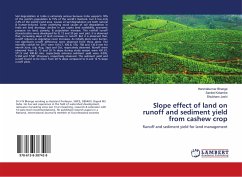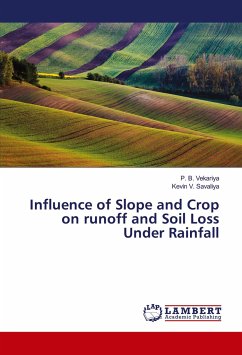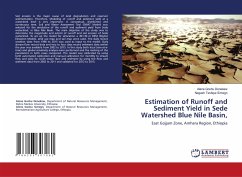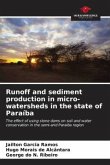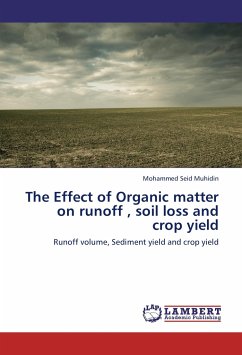Soil degradation in India is extremely serious because India supports 18% of the world¿s population & 15% of the world¿s livestock, but it has only 2.4% of the world¿s land area. Causes of soil degradation are both natural & human-induced. Some underlying social causes of soil degradation in India are land shortage, decline in per capita land availability, economic pressure on land, poverty, & population increase. The rainfall runoff characteristics were developed for 8, 12 and 20 per cent plot. It is observed that, increasing slope of land increases in runoff. But it is observed that, runoff reduces as vegetative cover increases. As initially plots were barren, not significant runoff difference were observed from three plots. The monthly rainfall for 2017 were 1014.7, 920.8, 576, 758 and 135.0 mm for month June, July, Aug, Sept and Oct, respectively observed. Runoff were observed from 8, 12 and 20 % slope during study season were 431.61, 571.9 and 590.62 mm, respectively whereas sediment yield were 4.095, 5.504 and 5.581 t/ha/years, respectively observed. The sediment yield and runoff found to be more from 20 % slope compared to 8 and 12 % slope runoff plots.

